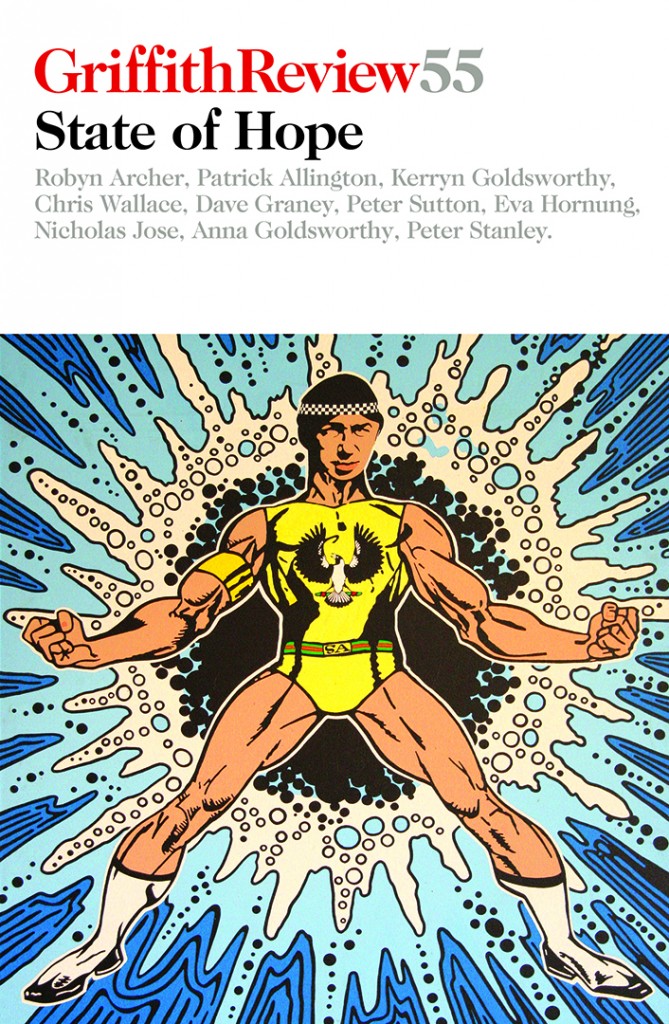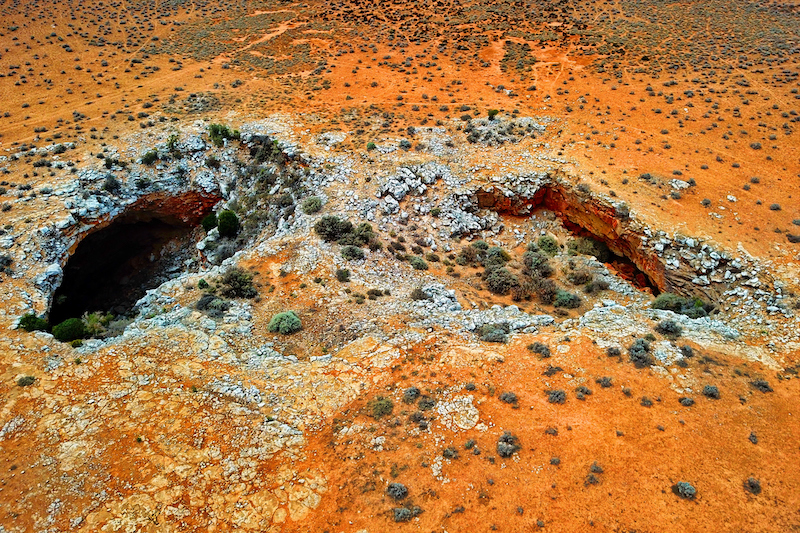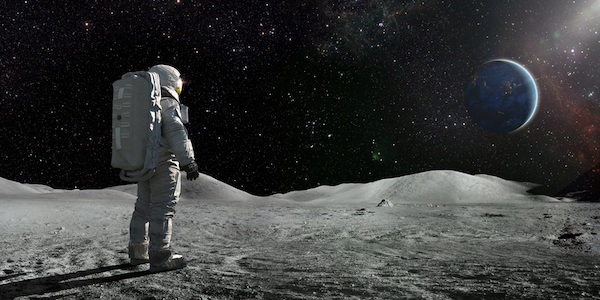Featured in

- Published 20170207
- ISBN: 9781925498295
- Extent: 264pp
- Paperback (234 x 153mm), eBook


Already a subscriber? Sign in here
If you are an educator or student wishing to access content for study purposes please contact us at griffithreview@griffith.edu.au
Share article
More from author

Moonwalking
Non-fictionThe first woman on the Moon will have to think carefully about her first words, as they will resonate for generations into the future. Neil Armstrong chose his famous ‘one giant leap’ line himself; but in this case, knowing what’s at stake, there’s bound to be a committee who gives this long and considered thought.
More from this edition

The engine of Christmas
GR OnlineThen the Grinch thought of something he hadn’t before! Maybe Christmas, he thought, doesn’t come from a store. Dr Seuss, How the Grinch Stole Christmas! MAT...

Bad breath
FictionRUMBA WONDERED WHY his parents were taking so long. He was both elated and anxious because he could keep drinking until he heard their...

Dunstan, Christies and me
MemoirADELAIDE’S GOLDEN AGE began when the Beatles flew into town on 12 June 1964, electrifying the citizenry out of their country--town torpor into a...